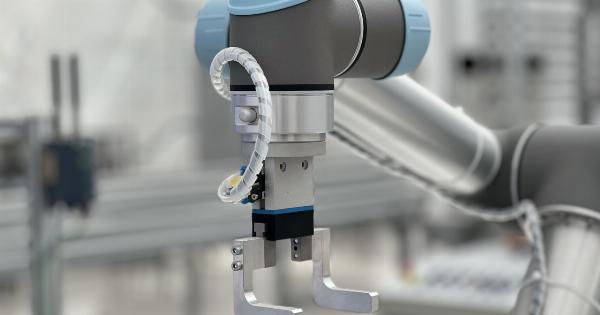As we age, our bodies undergo significant changes that can impact our ability to move and carry out daily activities.
For many people, hip pain and discomfort are a common problem that can make it difficult to perform simple tasks, such as getting out of bed or walking up a flight of stairs.
Thankfully, hip replacement surgery is a safe and effective option for those who suffer from arthritis or other conditions that damage the hip joint.
This surgical procedure involves replacing the damaged or diseased parts of the hip joint with an artificial implant, which can provide significant pain relief and improve mobility.
What is a Hip Replacement Surgery?
A hip replacement surgery involves replacing the damaged or diseased parts of the hip joint with an artificial implant. This is done by removing the damaged joint and replacing it with an artificial joint made of metal, plastic, or ceramic.
The surgery is typically performed under general anesthesia, and patients can expect to spend several days in the hospital following the procedure.
After the surgery, most patients will need physical therapy to help them regain strength, flexibility, and mobility.
The length of the recovery process will depend on each individual’s health and the extent of the surgery, but most patients can expect to return to normal activities within a few months.
Who Needs a Hip Replacement Surgery?
People who suffer from severe hip pain or stiffness that interferes with their ability to carry out normal activities may be candidates for hip replacement surgery. Specifically, the surgery is recommended for people who suffer from:.
- Arthritis
- Hip fractures or injuries
- Chronic hip pain
- Problems with mobility
- Difficulty standing or walking
Typically, doctors will recommend non-surgical treatments first, such as medications, physical therapy, or lifestyle changes. If these treatments do not provide relief, a hip replacement surgery may be necessary.
Types of Hip Replacement Surgeries
There are two main types of hip replacement surgeries: the traditional approach and the minimally invasive approach.
Traditional Approach
The traditional approach involves making a large incision in the hip region, which allows the surgeon to access the hip joint directly.
This method provides excellent visibility and control during the surgery, making it ideal for complex cases or patients who have multiple joint problems.
Minimally Invasive Approach
The minimally invasive approach involves making one or two small incisions and using specialized tools to access the hip joint.
This method typically involves less blood loss, faster recoveries, and less scarring, making it a popular option for younger or active patients with fewer joint problems.
Risks and Complications of Hip Replacement Surgery
As with any surgical procedure, hip replacement surgery carries some risks and potential complications. These may include:.
- Blood clots
- Infection
- Dislocation of the new joint
- Loosening or wear of the implant over time
- Nerve damage
- Bone fractures
However, most patients experience a successful recovery with no significant complications. Your doctor will discuss the risks and benefits of the surgery with you in detail before recommending the procedure.
Preparing for a Hip Replacement Surgery
Preparing for a hip replacement surgery involves several steps, including:.
- Informing your doctor of any medications or medical conditions you have
- Completing any necessary medical tests or evaluations
- Arranging for transportation to and from the hospital
- Preparing your home for your recovery period
- Following any pre-surgery instructions provided by your doctor
It’s important to carefully follow all instructions provided by your doctor to ensure a successful surgery and recovery.
After Hip Replacement Surgery
Following the surgery, most patients will spend several days in the hospital to ensure a smooth recovery.
You will likely participate in physical therapy exercises to improve your mobility and strength, and you may also receive medication to manage pain and reduce swelling.
After you leave the hospital, you may continue to participate in physical therapy for several weeks or months, depending on your condition.
You will need to avoid certain activities, such as jumping and running, for several months after the surgery to allow your joint to heal fully.
Conclusion
Hip replacement surgery is an effective option for those suffering from severe hip pain and mobility problems.
The surgical procedure involves replacing the damaged or diseased parts of the hip joint with an artificial implant, which can lead to significant pain relief and improved mobility. While there are some risks and potential complications associated with the surgery, most patients experience a successful and smooth recovery.
If you are experiencing hip pain or mobility problems, speak with your doctor to learn more about whether hip replacement surgery may be a viable option for you.




























